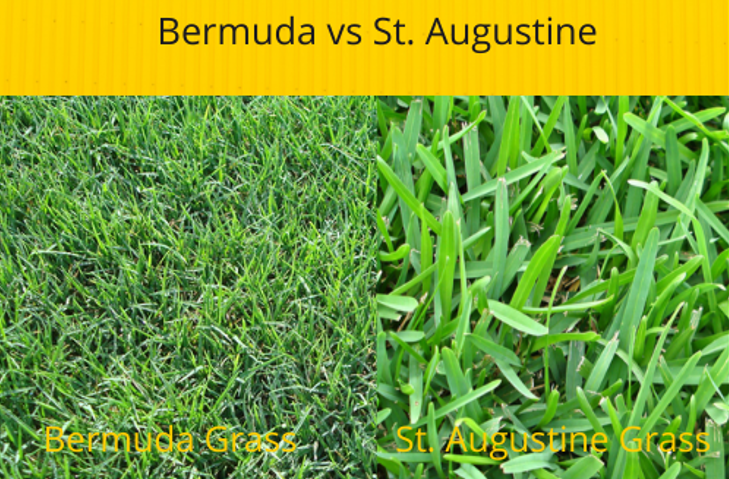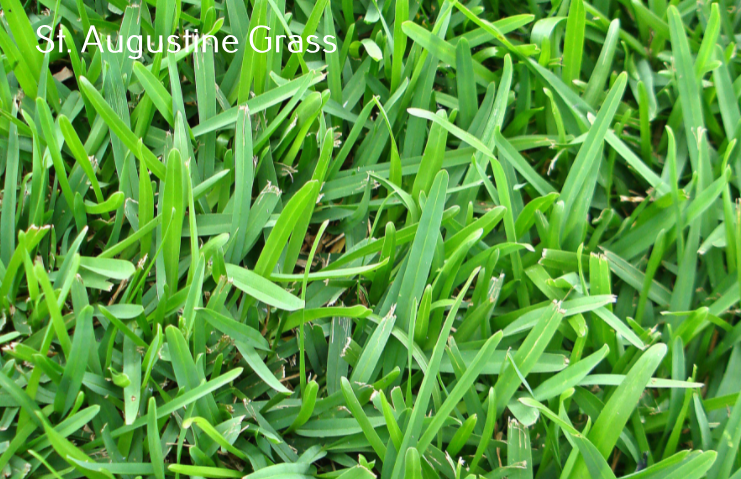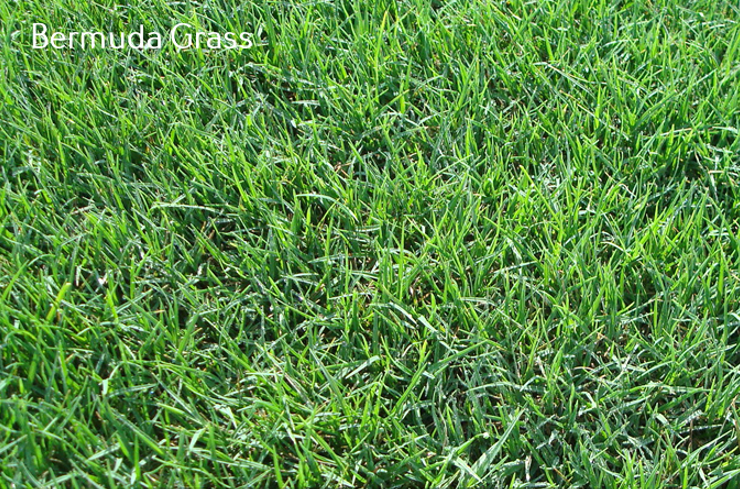Bermuda and St. Augustine grass are warm-season grass types resilient to drought, salt and heat conditions, thus great for warmer tropical and subtropical regions. However, the two are different in several ways, including the level of watering, light conditions, mode of propagation, and tolerance to foot traffic.
Bermuda Grass vs. St. Augustine Grass – Differences
| Bermuda Grass | St. Augustine Grass | |
| Light Conditions | Thrives in areas with full direct sunlight. Bermuda grass needs at least 7 hours a day of direct sunlight. | This grass is highly tolerant to shade conditions with a moderate amount of sunlight needed. |
| Propagation | Seeding is the popular and less expensive way of starting a new Bermuda grass lawn. Sod installation can also provide an instant lawn, but it’s very costly. | St. Augustine grass cannot be planted using seeds. Sods and plugs are the approved ways for propagation or planting a new lawn. |
| Watering | Bermuda grass can survive drought conditions. In summer, you can simply water two times per week. | St. Augustine grass requires plenty of water to thrive. In summer, you must water it at least 4 times per week. |
| Fertilizer | Bermuda can still do well in moderately rich soils without the need for frequent fertilization. | St. Augustine grass thrives in richer soils. You will have to provide plenty of nitrogen fertilizer frequently. |
| Wear and tear | Highly tolerant to foot traffic and heavy use. For this reason, it’s a great choice for golf courses and busy lawns. | Does not withstand heavy use or a high volume of foot traffic. Only suitable for home lawns. |
| Maintenance | Cheap to establish and maintain with little watering, fertilization, and mowing requirements. | Expensive to maintain due to higher watering, fertilization, and mowing requirements. |

St. Augustine Grass Identification and Features
St. Augustine grass is coarse-textured with a broad grass blade that rounds at the tip. It spreads by underground rhizomes and above-ground stolons. This grass forms a dense dark green lawn, and you don’t need much effort to make your St. Augustine lawn thicker.
St. Augustine grass thrives in humid subtropical areas with sandy soils. This is the right turf to grow if your home is located in coastal areas or in areas with partial shade. The grass creates a smooth, dense lawn tolerant to heat and salt conditions.
Propagation of St. Augustine grass is usually vegetative through plugs or sod. The best time to plant St. Augustine grass is in late spring or early summer when the daily highs are 80-100 °F. You will need to properly water at least 3/4 inches of water thrice per week for the first two weeks of planting.
With proper care, the grass can establish quickly to provide a lush green lawn throughout summer to fall. When established, watering can be reduced, and you can now focus on mowing. Additionally, you will be required to provide nitrogen fertilizer after every 4 to 6 weeks for healthy growth.
When winter comes, St. Augustine grass will go dormant. Planting early enough will help St. Augustine grass establish and store enough nutrients before winter kicks in. St. Augustine can perfectly mix with Bermuda grass to avoid bare patches on your lawn when spring comes.
There are several St. Augustine grass problems, including grubs and worms. Without control, they can ravage your lawn. You can apply nematodes for grubs and worms control or use a chemical herbicide as directed by the product manufacturer.

Bermuda Grass Identification and Features
Bermuda is a type of warm-season grass that thrives in warm tropical regions. It comes in many types with fine or coarse textured leaves. This turf spreads by underground rhizomes and above-ground stolons.
Drought, salt, or heat will not affect the growth of Bermuda grass. The low water and fertilizer requirements differentiate it from its main competitor, the St. Augustine grass. It also needs more hours of direct sunlight to thrive.
Seeding is the easiest way of planting new Bermuda grass lawns. But if you are in a hurry for dense green grass, you can install sods. Warm spring and early summer is the ideal time to plant Bermuda grass. Proper land preparation should be done for faster seed sprouting and grass establishment.
Bermuda grass remains lush and green in the hot summer, and this will extend into fall. When winter comes, Bermuda grass will go dormant. The grass will remain brown but alive until the arrival of warm spring conditions.
Like St. Augustine, weeds will not be a problem, but grubs and worms do. You need to control them before they extensively damage your lawn.
Thorough watering is important for the first 2 weeks of planting your Bermuda. At least three times per week, each with 3/ 4 inch of water. This can be reduced to once or twice per week once the grass is established.
Proper mowing is also important to the spreading of Bermuda grass. Ensure your lawn mower blades are sharp to avoid zapping the grass blades. However, mowing should be minimized during drought or when the grass is stressed.
A starter NPK fertilizer can help you attain thick green Bermuda grass within a short period of time. But this turf will not need more fertilization once established.

Which one is better?
Generally, Bermuda grass is a great option, especially regarding maintenance. Choose Bermuda if you intend to have higher foot traffic on your lawn. However, your area should receive full direct sunlight for the greater part of the day for this grass to thrive.
On the other hand, St. Augustine grass will be a great option if your home is located in a coastal region or you have trees and buildings around that create some partial shade. If this is your choice, be ready to spend more gallons of water and fertilizer for your grass to remain lush and green during summer.